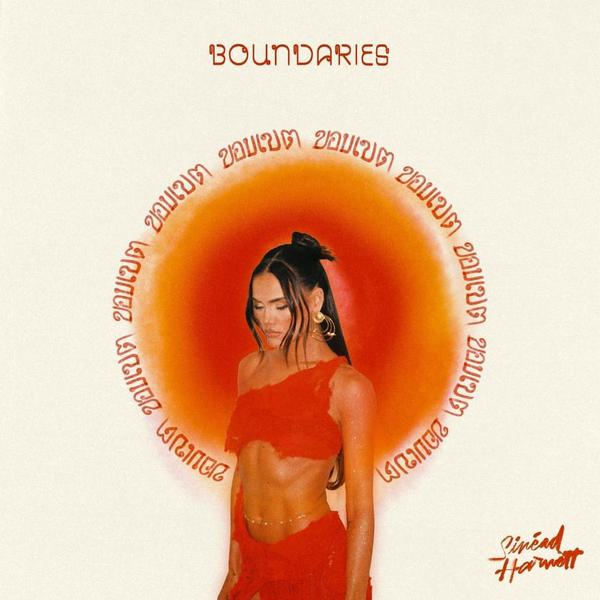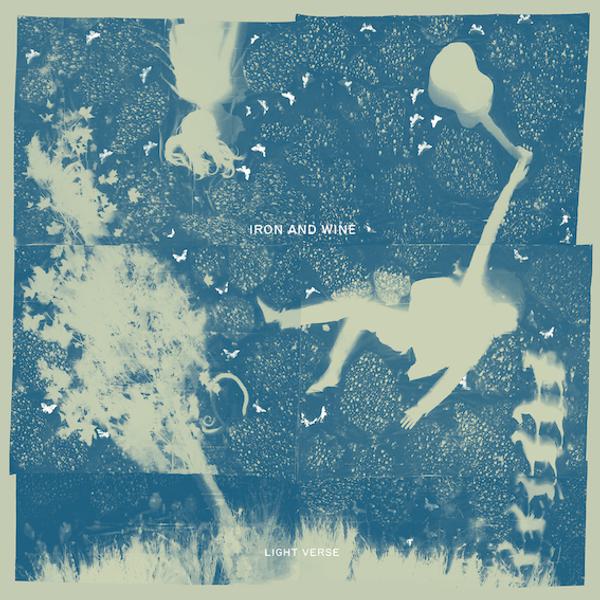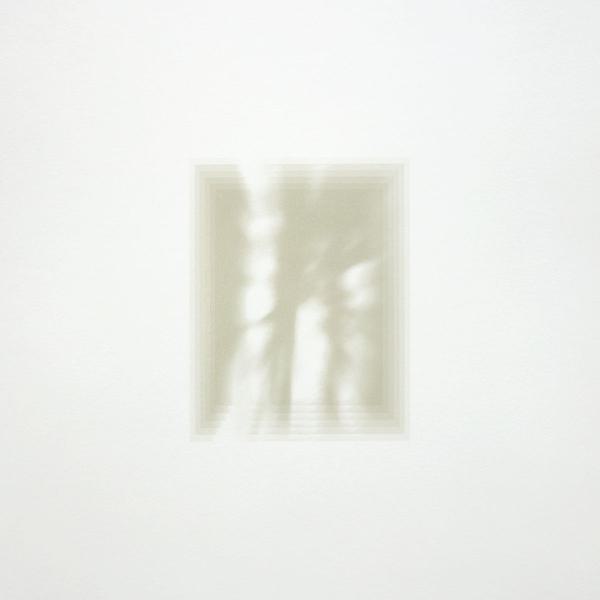
Brandt Brauer Frick: “We wanted to create oppositions and the feeling of protest”
Raymond Chandler understood excess. As an oil man who had lost his job at the height of the depression, he could not only see it coming, he also knew how it tended to end up.
The protagonists of his novels only had to step through a doorway to sense it: “The room was too big, the ceiling was too high, the doors were too tall, and the white carpet that went from wall to wall looked liked a fresh fall of snow at Lake Arrowhead,” observes the detective Phillip Marlowe, entering the mansion home of a doomed, damaged heiress (in the seedy, oppressive Los Angeles of Chandler’s world, they were nearly all doomed, these rich ladies – and nearly all toxic).
There were full-length mirrors and crystal doodads all over the place. The ivory furniture had chromium on it, and the enormous ivory drapes lay tumbled on the white carpet a yard from the windows. The white made the ivory look dirty and the ivory made the white look bled out. The windows stared towards the darkening foothills. It was going to rain soon. There was pressure in the air already.”
Chandler, had he been born a century or so later, might have found plenty to interest him in Brandt Brauer Frick’s third album, Miami, released earlier this year through !K7. It’s an album fascinated with decadence, with an accompanying seediness, and ultimately with decay. With its broken pieces, empty words, and fantasie mädchens, Brandt Brauer Frick’s own portrayal of excess is just as vivid, and just as oppressive as Chandler’s.
Interestingly, Miami’s feel has little aesthetically to do with the gaudy neon lights, fast cars and tanned, toned beachgoers of Florida’s most famous beach resort. The album’s black and white cover shot shows the three band members, Daniel Brandt, Jan Brauer and Paul Frick, struggling in the clutches of stern-faced guards, while the raised fists and yelling mouths of protesters – who are dressed for an era several decades earlier than Miami’s 80s golden age – dominate the backdrop. In one corner is an image of a mouth, a single finger pressed over its closed lips. The location could almost be Chandler’s lurid, rainswept late 1930s LA, although the sense of crushed dissent is more akin to Stasi-controlled East Berlin a decade or two later. As Brandt Brauer Frick explain, however, Miami doesn’t represent any particular time or location: “It stands for any imaginary place full of excess and bling no one realises that it is all about to collapse soon. And nothing will be left.”
If Miami’s themes are more universal than its title initially suggests (they chose Miami because it was “the best sounding name for this kind of city.”), there is a cinematic sense of narrative (it begins, for example, with the instrumental track ‘Miami Theme’ and ends with ‘Miami Titles’) that feels more fixed; thematically there is a strong sense of continuity to Miami. Again, the group are reluctant to link any particular inspirations – or even conscious intent – to the creative process. “When we started with the album we didn’t know yet that it will be almost like a concept album. The only thing we knew that we want it to be dark, rough and less tidy than the stuff we did before and we knew that we wanted to make real songs with vocals. The whole structure with theme, titles etcetera came across while working on it and at some point it all made sense to us.”
In fact, the ideas that seem to lie behind Miami actually arose as a result of the process of composing the album’s songs, rather than the other way around. The album, say the trio, is not the product of a carefully cultivated, clearly defined artistic vision so much as it of strong instincts, and a unified sense of certainty in how they want to proceed as a group. “We wanted to create oppositions and also the feeling of protest as this was for us the feeling of the record,” they say. “Not only the feeling of the music itself but also freeing ourselves after doing Mr. Machine – which was a very notional production process – made us use this imagery.”
2011’s Mr. Machine, written and recorded with an eight-piece classical ensemble, had represented a very different creative process, strictly regulated by the fact that the three core members needed their ideas to translate to the other musicians involved if the resulting work was to be cohesive. Making Miami, the trio returned to the three-piece setup of their debut, You Make Me Real (an album of which Mr. Machine was a reinterpretation) for the initial compositional stages. “We needed to get back to our original way of recording meaning that just the three of us are in the studio and we can jam and explore.”
Despite the initial back-to-basics approach, by the time Miami was completed, the host of guest musicians contributing to the album, including LA-based hip-hop producer Om’Mas Keith (whose credits include Frank Ocean’s debut Channel Orange), soul singer Jamie Lidell and Einstürzende Neubauten founder Gudrun Gut, meant the number of personnel involved had grown to 18.
So after reverting to a more simple approach to writing, why bring in so many collaborators? “We wanted to have a wide range of vocalists as this seemed more interesting to us. For us they were to some extent like different instruments and instrumentalists.”
Musically speaking, working with Om’Mas Keith – whose work on synths and song arrangements amongst other things made him the only guest to contribute more than vocals – turned out to be a particularly fruitful collaboration, even beyond the album’s recording process, with the Los Angeles-based producer joining the group on tour earlier this year. “We just sent him an unfinished track and after some time he sent an almost finished one back to us,” they say. “This was a big surprise and after talking to him a couple of times we all decided to go on tour together which has been an incredible experience. He is a really talented and creative musician and a great guy”
Listening to Miami, the decision to open the creative process up to outsiders at a late stage (for the most part, the group provided completed instrumental tracks to the other musicians and let them work their own parts out from scratch) was a wise one, the result being that the addition of varied personalities adds further weight to Miami’s sense of dramatic impact, as if each guest represents a character in Brandt Brauer Frick’s cinematic narrative, and pushes that narrative forwards.
Miami is a complex piece of work, evocative and oppressive, sleekly assembled and displaying astute flashes of mischief (Raymond Chandler would perhaps have appreciated those the most). With their third release, Brandt Brauer Frick continue moving steadily, assuredly forward, further inhabiting a territory of their own. Interestingly, though, despite the fact the progression their three albums reflect, technically and stylistically, people still seem to view the trio’s music as a straightforward combination (or as straightforward as such a combination could be) of classical composition and techno. The trio reject such classification completely – such a simple fusing of genres is not and never has been the point, they say. In fact, it’s far more intuitive than that – and ultimately more human.
“For us it was always more important what the music is expressing and which feelings are being transported regardless of how it has been made. We still see ourselves as producers of Emotional Body Music.”
Miami is available now through !K7.
Get the Best Fit take on the week in music direct to your inbox every Friday

Sinéad Harnett
Boundaries

Iron and Wine
Light Verse

Fat White Family
Forgiveness Is Yours





